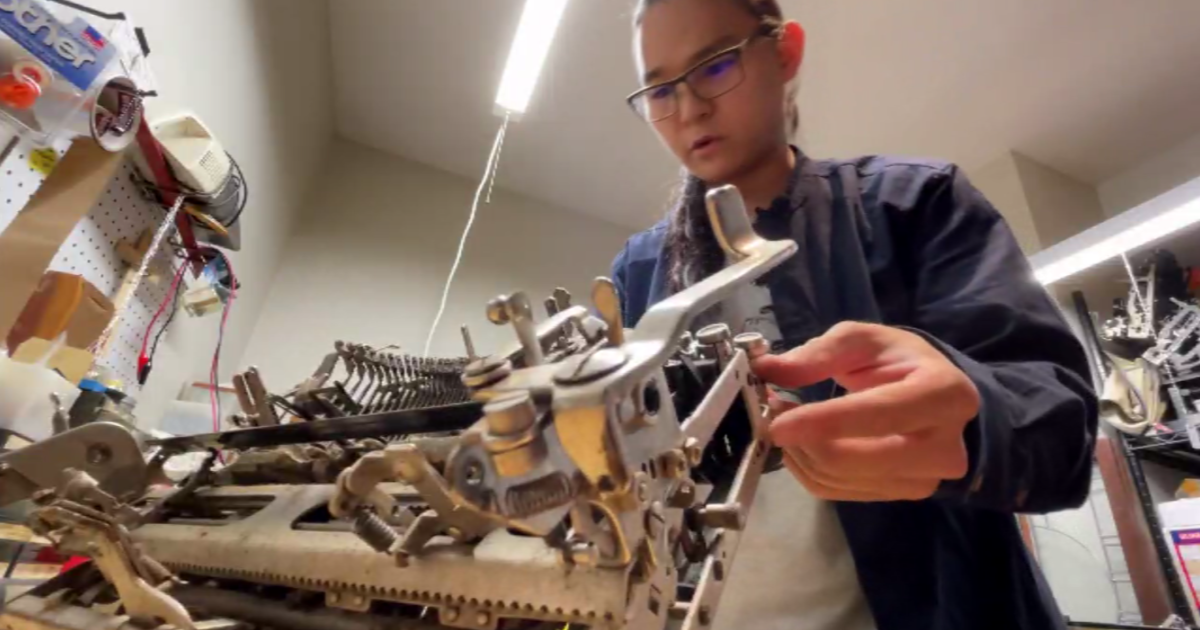7,200-Year-Old Cheese Stands Alone Among World's Oldest
(CNN) -- The earliest evidence for cheese making in the Mediterranean has been found in pottery from Croatia's Dalmatian coast, according to a new study.
But you won't want to eat this cheese. After all, it's 7,200 years old.
And it's not even cheese anymore but the fatty residue left over from making fermented dairy products.
It was found inside pottery designed to make and hold soft cheeses and yogurt.
Though "oldest cheese" isn't exact3929597ly a coveted title, the finding has serious implications for the history of the area, according to the study, published in the journal PLOS One on Wednesday.
"This pushes back cheese-making by 4,000 years," Sarah B. McClure, study author and associate professor of anthropology at Penn State, said in a statement.
It's the earliest documented lipid residue evidence for fermented dairy in the Mediterranean region and among the earliest documented anywhere to date, according to the study.
Before this direct evidence, there were only a few recovered tools and literary references to cheese.
An international team of researchers looked at pottery from two Neolithic village sites in Croatia, Pokrovnik and Danilo Bitinj. They looked at washed and unwashed pottery, using radiocarbon dating on other items, like bones and seeds, recovered at the sites to help date the pottery.
Testing carbon isotopes helped reveal whether the pottery held meat, fish, milk or fermented milk product.
Milk was found in pottery from the area as long as 7,700 years ago, about 500 years before the presence of the fermented products.
DNA analysis of the population shows that adults were lactose-intolerant at the time, but their children were able to drink milk until at least age 10.
"First, we have [the process of] milking around, and it was probably geared for kids because it is a good source of hydration and is relatively pathogen-free," McClure said. "It wouldn't be a surprise for people to give children milk from another mammal."
In times of drought or scarcity, milk would have been a good substitute for water, according to the study.
Milk, yogurt and cheeses also influenced the style of pottery used to hold them. During the Early Neolothic period, "impressed ware" was used to hold meat, fish and milk.
Five hundred years later, in 5200 BC, Danilo pottery was developed with multiple styles for different purposes. Figulina, which held milk, animal fats and fish, was decorated and buff-colored. Rhyta, which held cheese, had distinct handles and large side openings and was usually shaped like animals or humans. And sieves were used to strain milk after being separated into curds and whey.
"Cheese production is important enough that people are making new types of kitchenware," McClure said. "We are seeing that cultural shift."
Milk and cheese production would have been a byproduct of farming. Milk was rich in nutrients, fat, protein and calories, and it was storable. In the event of famine, epidemic or drought or between harvests, milk and cheese would have helped the farmers and their families survive. And fermenting milk into cheese and yogurt would lower the lactose content for those who were lactose-intolerant.
The researchers also believe that the availability of milk and dairy products would have helped children in high-risk populations to survive and even allow them to be weaned earlier, increasing birth rates.
Because of the survival of those children who grew up drinking milk and eating cheese and yogurt, tolerance for dairy products and other advantages were carried on for future generations.
The researchers also believe that this reduction of infant mortality and the addition of dairy resources allowed farming communities to expand to colder, northern climates, causing demographic shifts.
© 2018 Cable News Network, Inc., a Time Warner Company. All rights reserved.



